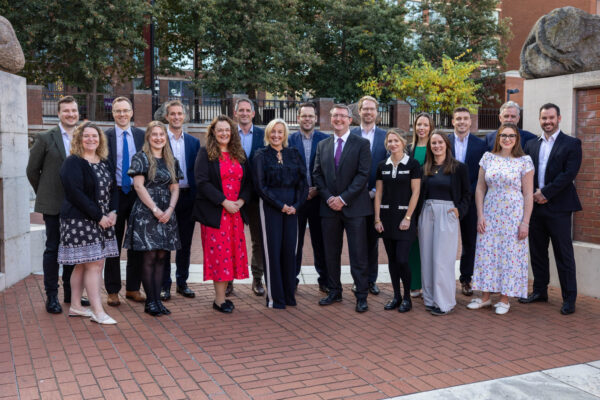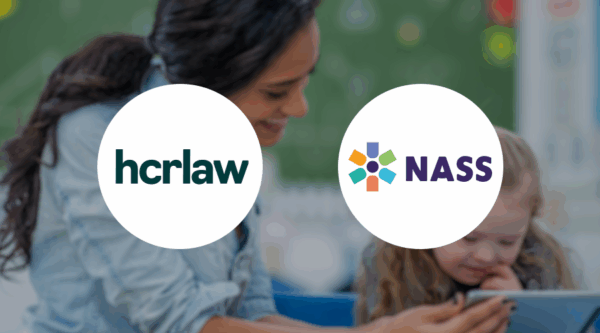

Despite ongoing efforts by governments to simplify the education system, schools still face a wide array of options when it comes to working together.
As the push towards multi-academy trusts (MATs) has eased, schools, including maintained schools and those in single-academy trusts, have more flexibility in choosing how to operate.
So, what options are open to schools who are looking to collaborate?
Federations
Federations are becoming more popular among maintained schools having been introduced in the Education Act 2002. Hard federations allow groups of schools to unite under a shared governing body and executive headteacher. This differs from soft federations, where schools collaborate more informally around common goals without formal integration.
With tightening budgets, federations offer schools a way to pool resources and expertise without fully committing to a MAT model. While the local authority primarily oversees the formation of hard federations, our experienced team advise on both hard and soft federations to help schools navigate the options.
Partnerships
Similar to soft federations, partnership arrangements between schools vary widely but are accessible to both maintained schools and academies.
More formal partnerships often involve management agreements, allowing schools or smaller MATs to test the waters before committing to joining a MAT. These agreements typically include staff secondments, access to central services, and support for school improvement.
Other less formal partnership types focus on sharing specific resources or expertise without the intention of joining the same MAT or federation. These arrangements are tailored to meet the specific needs of participating schools and are governed by clear, documented terms.
Multi academy trusts (MATs)
Multi academy trusts now account for a significant portion of state-funded schools. Essentially, a MAT is a charitable company funded and regulated by the Department for Education (DfE) that operates multiple schools within a single corporate structure.
Schools joining a MAT undergo a formal legal conversion process, after which they collaborate under the leadership of a CEO. Larger trusts typically provide shared services such as finance, HR, site management, and dedicated school improvement teams.
A notable emerging trend involves MATs establishing joint ventures through shared ownership companies. These entities benefit from greater commercial flexibility and, in some cases, enhanced tax efficiency compared to operating solely within the MAT framework.
How can we help?
With a proven track record in both maintained and academy sectors, our team of specialist lawyers have experience working with all types of educational settings and models of all shapes and sizes. Our expertise in this area allows us to assess a school’s current position and advise on the right model for their unique needs and circumstances.










